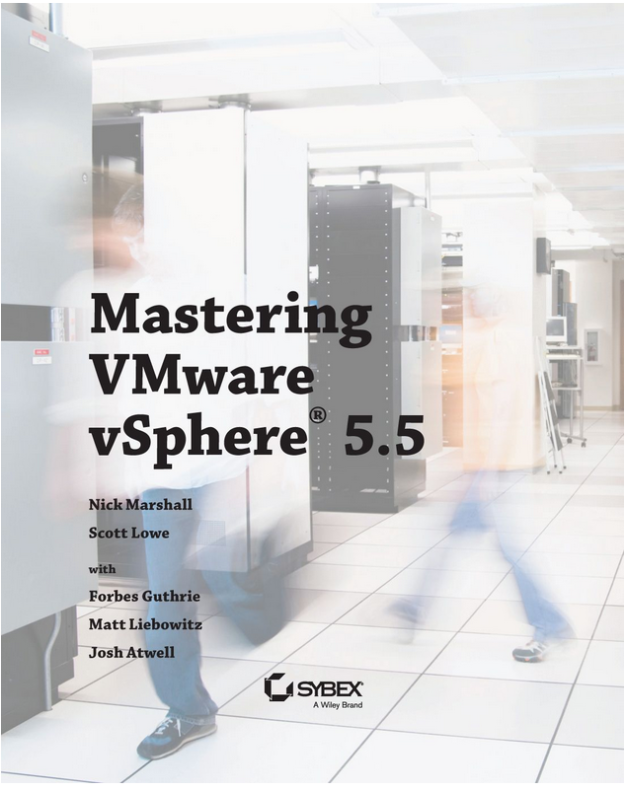Hello and a hearty welcome to my series on making a virtualization lab! In this first part of lab preparation I’ll show you where to get the needed binaries, set up networking in VMware Workstation and create a software RAID0 out of 3 SATA HDDs. I have been wanting to do this for quite some time – and finally, there is no time better than the present. This is because the Lab can be run using the cutting-edge software that was provided to me in the form of vExpert Licenses.
On the hardware side – because I am constrained by budget for this vSphere lab (which equals zero at the moment), I have decided to make use of the most I have available. This means I will be utilizing my Whitebox’s hardware with VMware Workstation 11, and creating a basic lab from the resources I have at my disposal.
Lab Specifications
At first we’ll take a look on what I have available – only the compute resources used for virtualization will be noted below:
CPU – Intel Core i7-2600k @ 4.05 GHz – 4 Cores, 8 Threads.
RAM – 16 GB 1866MHz DDR3 Memory
Storage – A software RAID0 out of three SATA drives and perhaps a small 60GB LUN from my 120GB SSD – this will be provided by StarWind Virtual SAN software iSCSI Solution which I got a NFR license for (again, thank you vExpert Programme!).
This hardware configuration will enable me to run two ESXi hosts each with 2 CPUs and 6GB RAM. As far as the software goes, I will be using Windows Server 2012 R2 – both Core (for Domain Controller) and the “GUI” (or non-Core edition) to serve as a management console for both of these previous servers.

